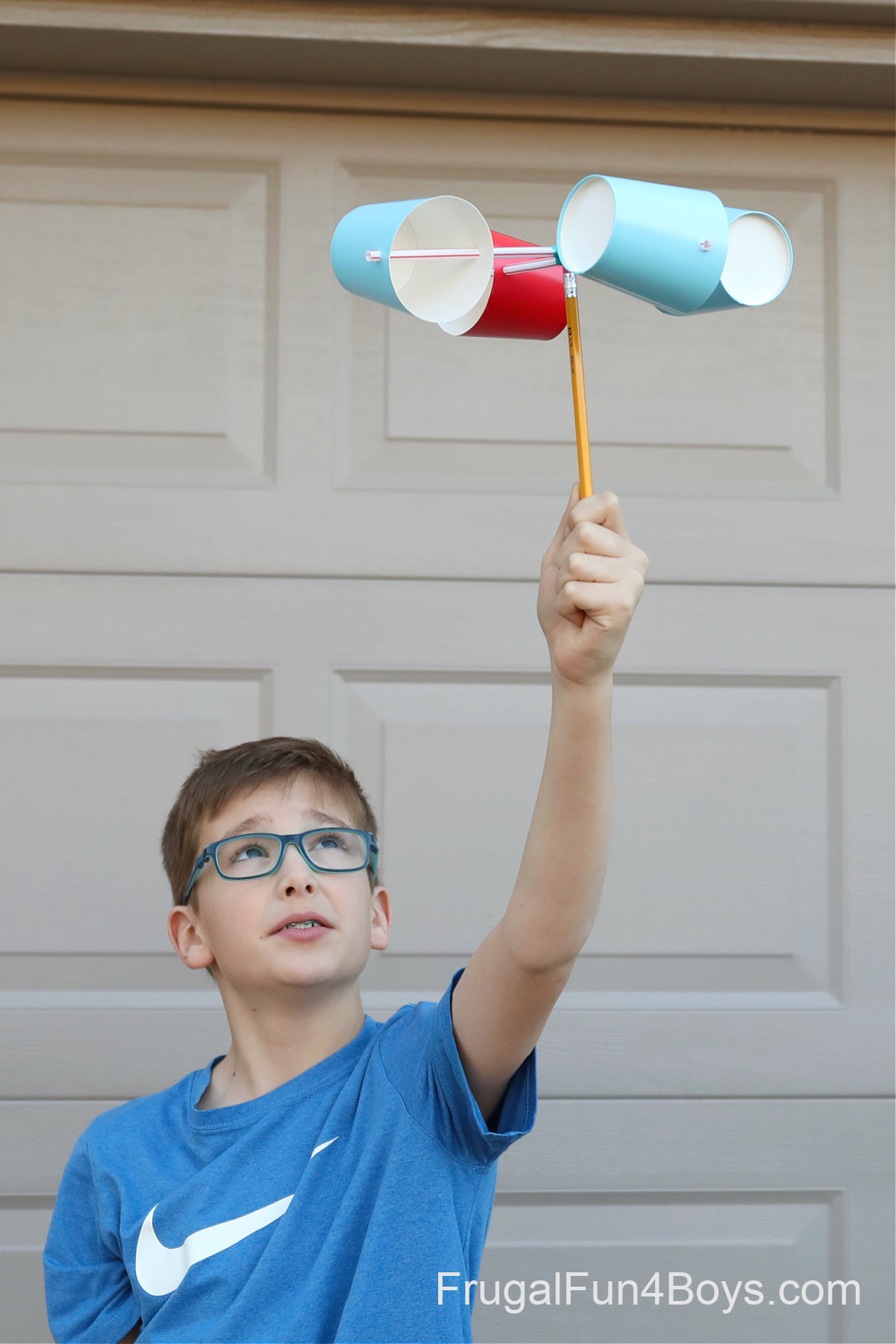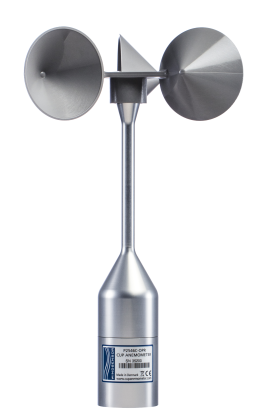Selecting the Right Anemometer: A Comprehensive Purchasing Overview
Selecting the Right Anemometer: A Comprehensive Purchasing Overview
Blog Article
All You Required to Learn About Anemometers: Exactly How They Function, Why They Matter, and Where to Use Them
Anemometers, though usually forgotten in the world of scientific tools, play an important duty in different areas, supplying valuable understandings into wind rate and air movement patterns. As we delve right into the ins and outs of anemometer modern technology, we will certainly uncover the internal functions of these gadgets, their value, and the vital considerations when choosing the appropriate anemometer for details applications.

Anemometer Basics
A vital instrument made use of to measure wind speed and direction, the anemometer plays a crucial duty in meteorology and different markets. An anemometer normally includes three or four cups that revolve in the wind, a vane that points into the wind, and sensors to track the turnings or activities. By calculating the turnings or motions over a particular amount of time, the anemometer can identify wind rate. The vane assists establish wind instructions by directing into the wind, giving important data for weather projecting, aviation, maritime operations, environmental surveillance, and wind power applications.
There are different kinds of anemometers available, consisting of mug anemometers, vane anemometers, hot-wire anemometers, and sonic anemometers, each with its special attributes and applications. Cup anemometers are generally utilized for fundamental wind speed dimensions, while vane anemometers are favored for directional dimensions.
Principles of Anemometer Operation
Building on the fundamental understanding of anemometer basics, the concepts of anemometer operation illuminate the technicians behind wind rate and instructions dimensions. Anemometers operate on the principle of air flow influencing a sensing unit, causing it to revolve. Mug anemometers, for circumstances, have 3 or even more cups that record the wind, triggering them to spin quicker as the wind rate boosts. The rotation speed is then converted right into a wind rate dimension. Vane anemometers, on the other hand, make use of a tail or a probe that straightens itself with the wind instructions, supplying a dimension of wind instructions based on the orientation of the sensor. Hot-wire anemometers depend on a heated wire that cools off as wind overlooks it, with the price of cooling figuring out the wind rate. Ultrasonic anemometers action wind rate and instructions by evaluating the time it considers ultrasonic signals to take a trip in between transducers. Comprehending these concepts is vital for exact and reliable wind dimensions in numerous applications.
Value of Anemometers
The relevance of anemometers in weather forecasting and numerous sectors can not be overstated. Anemometers play an important role in determining wind rate and direction, giving crucial data for weather forecasting, climate researches, ecological surveillance, and aviation procedures. Meteorologists depend on anemometers to collect precise wind information, helping them comprehend weather patterns, predict tornados, and concern timely warnings to the public. In sectors such as building, farming, renewable energy, and maritime procedures, anemometers are used to enhance procedures, guarantee safety and security, and boost effectiveness. Wind ranch operators utilize anemometers to analyze wind conditions and make best use of electrical energy production from wind generators. In the maritime sector, anemometers aid ship navigation by supplying real-time wind details to captains, aiding them make informed choices to ensure risk-free voyages. On the whole, anemometers are indispensable tools that contribute substantially to security, performance, and informed decision-making in meteorology and a wide pop over to this web-site variety of industries.
Applications Across Numerous Industries
In the eco-friendly power field, anemometers play an important duty in assessing wind conditions for wind click to find out more farm placements, guaranteeing ideal energy production. Industries like building and mining use anemometers to monitor wind speeds, crucial for safety procedures, specifically when functioning at heights or in open-pit mines where strong winds can pose dangers. In farming, anemometers help farmers in handling crop splashing by providing real-time information on wind rate to prevent drift.

Choosing the Right Anemometer for Your Requirements
For general objectives, a mug anemometer is appropriate for determining wind speed, while a vane anemometer supplies wind instructions information. Hot-wire anemometers are suitable for reduced airspeed measurements, and ultrasonic anemometers provide high precision and toughness.

Final Thought
In final thought, anemometers play an important function in determining wind speed and useful content instructions across numerous industries. Understanding the concepts of anemometer operation is essential for picking the best tool for specific requirements. From meteorology to aviation, anemometers are essential devices for guaranteeing and accumulating precise information security in different applications. It is very important to consider the relevance of anemometers in order to make informed decisions when selecting the most ideal gadget for gauging wind conditions.
There are various types of anemometers readily available, consisting of cup anemometers, vane anemometers, hot-wire anemometers, and sonic anemometers, each with its special features and applications. Mug anemometers are commonly utilized for fundamental wind speed dimensions, while vane anemometers are preferred for directional measurements. Hot-wire anemometers are suitable for low airspeeds, and sonic anemometers are optimal for high-precision dimensions in research and industrial setups.Building on the foundational understanding of anemometer fundamentals, the principles of anemometer operation clarify the auto mechanics behind wind rate and direction measurements. For general functions, a cup anemometer is ideal for gauging wind rate, while a vane anemometer gives wind instructions data.
Report this page